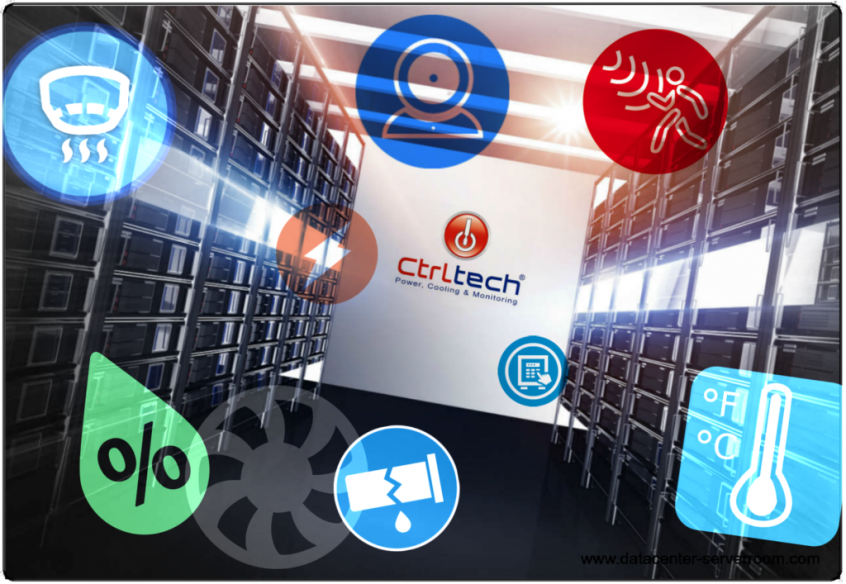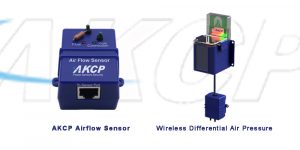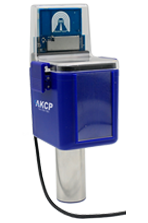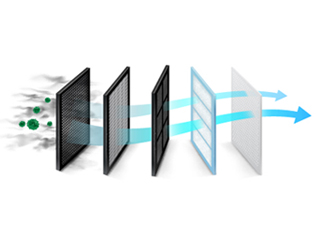Business organizations are backed by high-density IT infrastructure. The growing capacities are due to the increase in demand for automation and data analytics. Continuous development in the IT space has brought new light to the efficiency of IoT technology.
The Internet of Things (IoT) is built on a network of interlinked software and technologies. It functions to relay and exchange data to other systems present via the internet. The IoT boasts a wide range of utilization, from top-of-the-line industry computers to the most basic household gadget.
But Why Is IoT Essential These Days?
IoT also acts as a precursor making lesser human intervention in the process. Some of its most crucial roles include:
- Low-Cost Computing
- Cloud Storage And Big Data
- Data Analytics
- Mobile Technologies
The capacity to relay data instantaneously hyper connects the interaction of things through IoT.
The Effect Of IoT In Data Center’s Environmental Monitoring
The Most Common IoT Technology
The development of IoT is not overnight. It has progressed bit by bit until it ballooned into a reliable human process medium. The direct path of its design is through initiating technologies as a practical pathway to achieve any process. As such, IoT application is depicted in several ways.
- Sensor Technology

AKCP Airflow and Wireless Air Differential Sensor
Security concerns have been rampant in people’s daily lives. Be it the household or in their commercial spaces. The rise of sensor technology provides a different view of how people consider security essential for their activities. Access to the low-cost and low-power sensor are increasingly common at this time. The technology within sensor integration is a typical value of IoT in ensuring security and monitoring to human endeavor.
- Connectivity
Data transfer is as easy as 1,2,3 nowadays. The network protocols on the internet hasten this process to connect to technology platforms for a swift data transfer. Videocalls are easily the best depiction of how fast the internet can facilitate communication lines. Cloud storage has made it easier for data exchange also.
- Cloud Computing
Cloud platforms are steadily transforming business operations all over the world. Even smaller enterprise is prompted to invest in cloud computing platforms. Such platforms provide a better market for products and increase sales. Cloud computing offers better business-to-consumer interaction. Ultimately, the infrastructure paves the way for better scalability and streamlined business management.
- Machine Learning And Analytics
Probably the best consumer of machine learning and analytics are social media platforms. As they provide the most relevant marketing and branding medium, increasing engagement is imperative in their operations. This is where analytics is in full display. Real-time evaluation of newsfeed or tweets is facilitated through machine learning technology. Analytics will then carry it up to score metrics and filter through what is relevant to the user. As a result, a person will view anything pertinent to them as dictated by his online behavior. Consequently, engagement is specifically targeted.
- Artificial Intelligence (AI)
Do Alexa, Cortana, and Siri ring a bell? These are AI products that are powered through natural language processing (NLP). Through neural networks, data is then relayed to IoT devices. Its primary function is to assist its user. As the advancement of such AI is impressive, it feels like one is talking to an actual human.
Components Of A Good Environmental Monitoring System
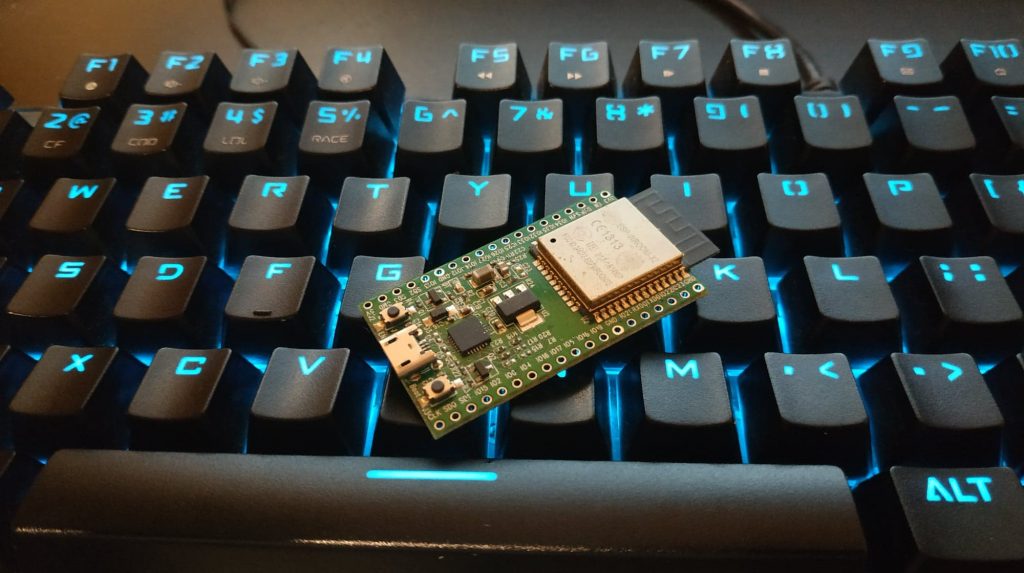
Photo Credit: devpost.com
-
100% Wireless
-
Real-Time Monitoring And Event Storage
-
Low-Maintenance IoT Devices
-
3D Visualizations
-
Energy-Saving System
Environmental Monitoring Via IoT
One relevant application of IoT is countering environmental concerns. Environmental monitoring has been an extensive endeavor with the rise of urbanization. Households, offices, and commercial establishments are keen on keeping lesser environmental damage.
The damage is one that detriments sustainable development. Improving our ways through environmental monitoring is a key to improving and sustaining function for all. The IoT technology can help pick the slack and develop our environmental objectives to fruition.
IoT through sensor technology is a primary way to initiate environmental monitoring. Air quality devices can detect pollutants in different spaces. As it detects contaminants, it gathers data and relays it to a cloud platform. Scientists, technicians, and managers now have concrete information to guide their action steps.
Because environmental variables are hard to measure, the past monitoring technologies cannot exactly deduce sound monitoring. Smart environmental monitoring capitalizes on IoT technologies supplemented by management strategies. To define how smart a comprehensive guide is, here are some categories of helpful insights.
-

Wireless Tunnel Air Quality Sensor
Air Quality Monitoring
Major health issues are directly attributed to bad air quality. As part of environmental monitoring, good air quality is a must. IoT sensors to identify air particulates can help in many ways. Data on air contaminants will be helpful in refreshing air in closed spaces. AKCP’s wireless air quality sensor can detect air particles, metal oxide gasses (MOx), temperature, and humidity rolled into a single sensor. These sensors are convenient during indoor air quality assessments among other workspaces.
- Toxic Gas Detection
Our surroundings are polluted with different contaminants. One of the most relevant issues of environmental monitoring is eliminating toxic gases. These harmful gasses are detrimental to people’s health. Considering its effects, reducing its proliferation is a must-do action step. As toxic gases are primarily found in the air, monitoring goes hand in hand with air quality management measures. The likes of AKCP’s wireless air quality sensor detects metal oxide gases. And some of these are:
- Acetone (ingredients in paints and glue)
- Toluene (found in furniture)
- Ethanol (composition of perfume and cleaning fluids
- Hydrogen sulfide (found in decaying food)
- Benzene (existing in cigarette smoke)
The wireless sensors detect toxic gas through the VOC index. The VOC index is a logarithmic scale that measures the range of typical indoor gas composition. From a range of 0 to 500, values are captured by the sensors. A regular room environment is read at 100. Any value beyond 100 indicates bad air quality. The higher the concentration, the higher the metal oxide gases within the room in the last 24 hours. As such, striving to lower the value under 100 is more logical to improve air quality.
- Energy Monitoring
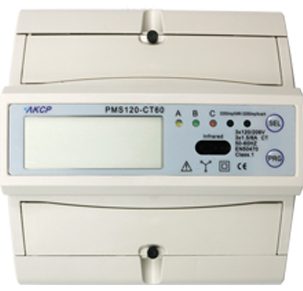
Power Monitoring Sensor
Cost efficiency is a particular subject of interest among business organizations. Many managers are investing in cost-saving strategies to negate higher energy consumption. Planning cost-saving measure entails a thorough understanding of energy consumptions patterns. It also needs checking the business operation areas where is energy is consumed or worst wasted. AKCP power monitoring sensor gives vital information to conduct remote power monitoring. It helps to eliminate manual power audits. It also gives out notifications in cases of potential problems. Power meter readings can provide better power usage effectiveness (PUE) calculations to analyze power usage efficiency.
Reference Links:
https://internetofthingsagenda.techtarget.com/blog/IoT-Agenda/Integrating-IoT-technology-for-effective-environmental-monitoring
https://www.oracle.com/ph/internet-of-things/what-is-iot/
https://callminer.com/blog/smart-implementation-machine-learning-ai-data-analysis-50-examples-use-cases-insights-leveraging-ai-ml-data-analytics

